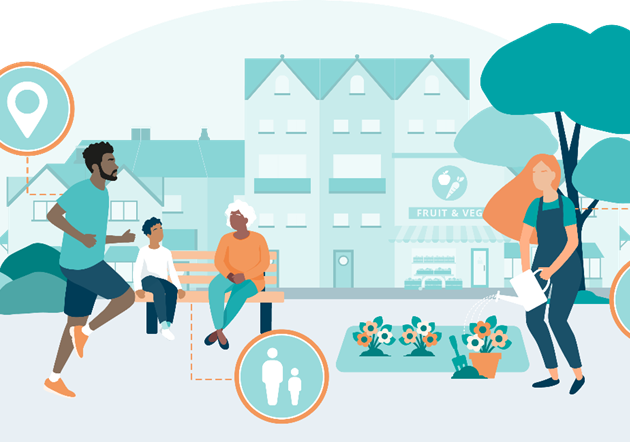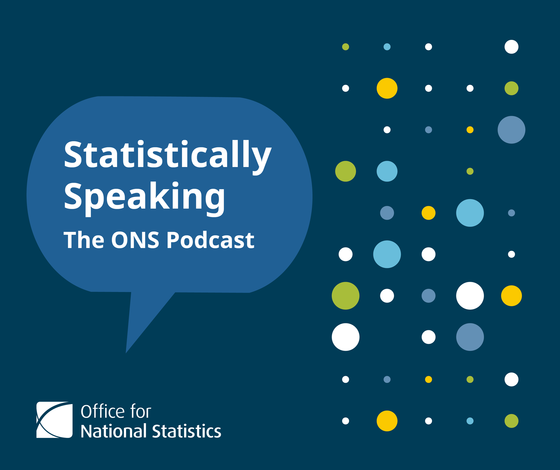The Health Index 2021 – Taking a deep dive into the nation’s health

What are the trends in health where you live? Are factors such as mental health and economic and working conditions improving? And what is the national picture telling us about health? The ONS’ Health Index for England shines a light on these questions. Greg Ceely discusses the value of this rich dataset and looks ahead to its next publication.
Read more on The Health Index 2021 – Taking a deep dive into the nation’s health

